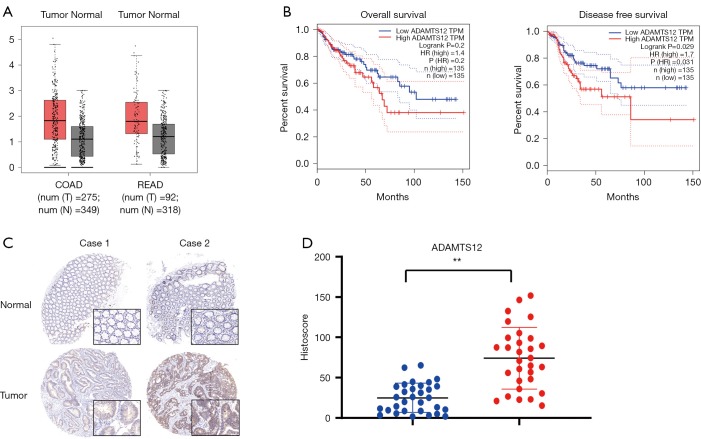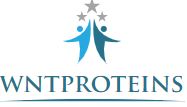ADAMTS12, a member of the ADAMTS household, is reported to be related to the clinic final result of colorectal cancer (CRC) sufferers.
However, the features and exact mechanism in CRC development have but to be totally understood.By analyzing The Cancer Genome Atlas (TCGA) database, we examined the mRNA degree of ADAMTS12 and assessed the prognostic worth of ADAMTS12 in CRC sufferers utilizing a tissue microarray containing 41 CRC affected person samples.
Cell Counting Kit-8 (CCK-8), colony formation, and transwell assays had been used to quantify the influence of ADAMTS12 on cell proliferation and migration in ADAMTS12-overexpressing and ADAMTS12-deficient cell traces.
The signaling pathways that ADAMTS12 mediated had been recognized by dual-luciferase reporter assays, and confirmed by western blotting and quantitative teal-time polymerase chain response (qRT-PCR).ResultsThe ADAMTS12 mRNA degree was upregulated in CRC tissues, and CRC sufferers with a excessive degree of ADAMTS12 confirmed worse prognosis compared with the sufferers with a low degree of ADAMTS12.
In vitro practical assays demonstrated that overexpression of ADAMTS12 considerably boosted cell proliferation and migration whereas ADAMTS12 deficiency remarkably impaired each tumor cell behaviors.
Mechanical research additional verified that ADAMTS12 overexpression enhanced the transcriptional exercise of β-catenin in the Wnt/β-catenin signaling pathway. In the ADAMTS12-deficient context, the downstream gene expression of myc and cyclin D1 was considerably diminished in contrast with that in wild-type cancer cells.ADAMTS12 fulfills the tumor-promotor position by activating Wnt/β-catenin signaling pathway in colon cells and will signify a new possibility in CRC goal remedy.

Crimean-Congo hemorrhagic fever virus an infection triggers the upregulation of the Wnt signaling pathway inhibitor genes.
Crimean-Congo hemorrhagic fever virus (CCHFV) is a extremely pathogenic agent. Thus far, vaccines and particular antiviral therapies should not obtainable in opposition to the risk of an infection. Our information relating to its pathogenesis is certainly restricted, and thus, creating efficient antiviral therapies is hampered.
Several research have demonstrated that the CCHFV an infection has an influence on quite a few sign transduction pathways. In parallel, the Wnt signaling pathway parts are accountable for completely different vital organic processes together with cell destiny willpower, cell migration and cell polarity.
Moreover, its implication amongst a number of virus infections has been confirmed, but little is understood in reference to which parts of the Wnt pathway are being activated/inhibited as a response to the an infection. Our intention was to elicit the affect of the CCHFV an infection on adenocarcinomic human alveolar basal epithelial cells in vitro relating to the Wnt signaling pathway-related genes.
Gene-expression modifications of 92 Wnt-associated genes had been examined 48 h post-infection. Furthermore, β-catenin ranges had been in contrast in the contaminated and uninfected cells. Significant modifications had been noticed in the case of 13 genes.
The majority of the upregulated genes are related to the inhibition of the Wnt/β-catenin signaling. Additionally, contaminated cells expressed much less β-catenin. Our findings counsel that CCHFV blocks the Wnt/β-catenin pathway.
Our research corroborates the hyperlink between CCHFV an infection and the Wnt signaling pathways. In addition, it broadens our information in the CCHFV pathomechanism.
